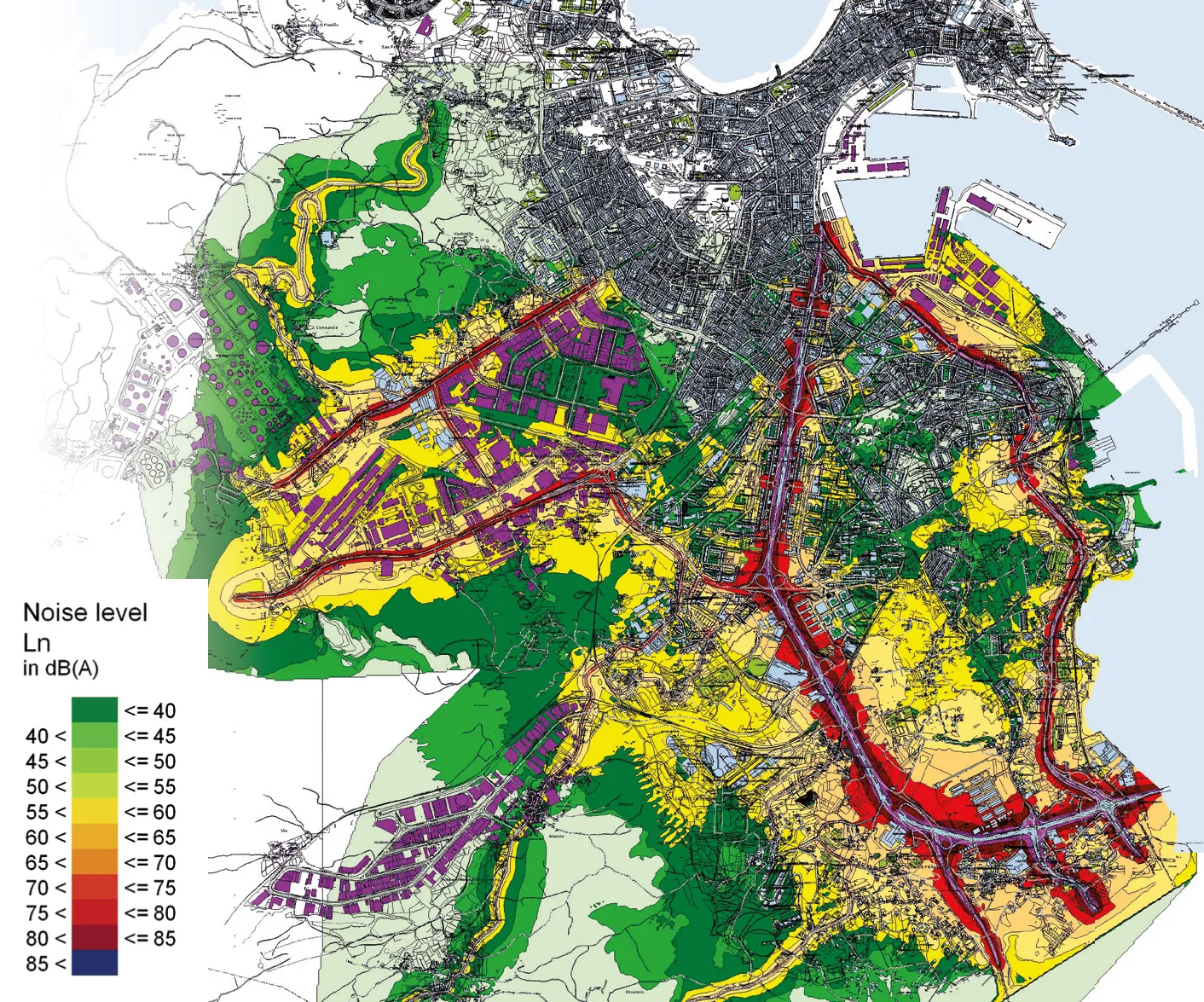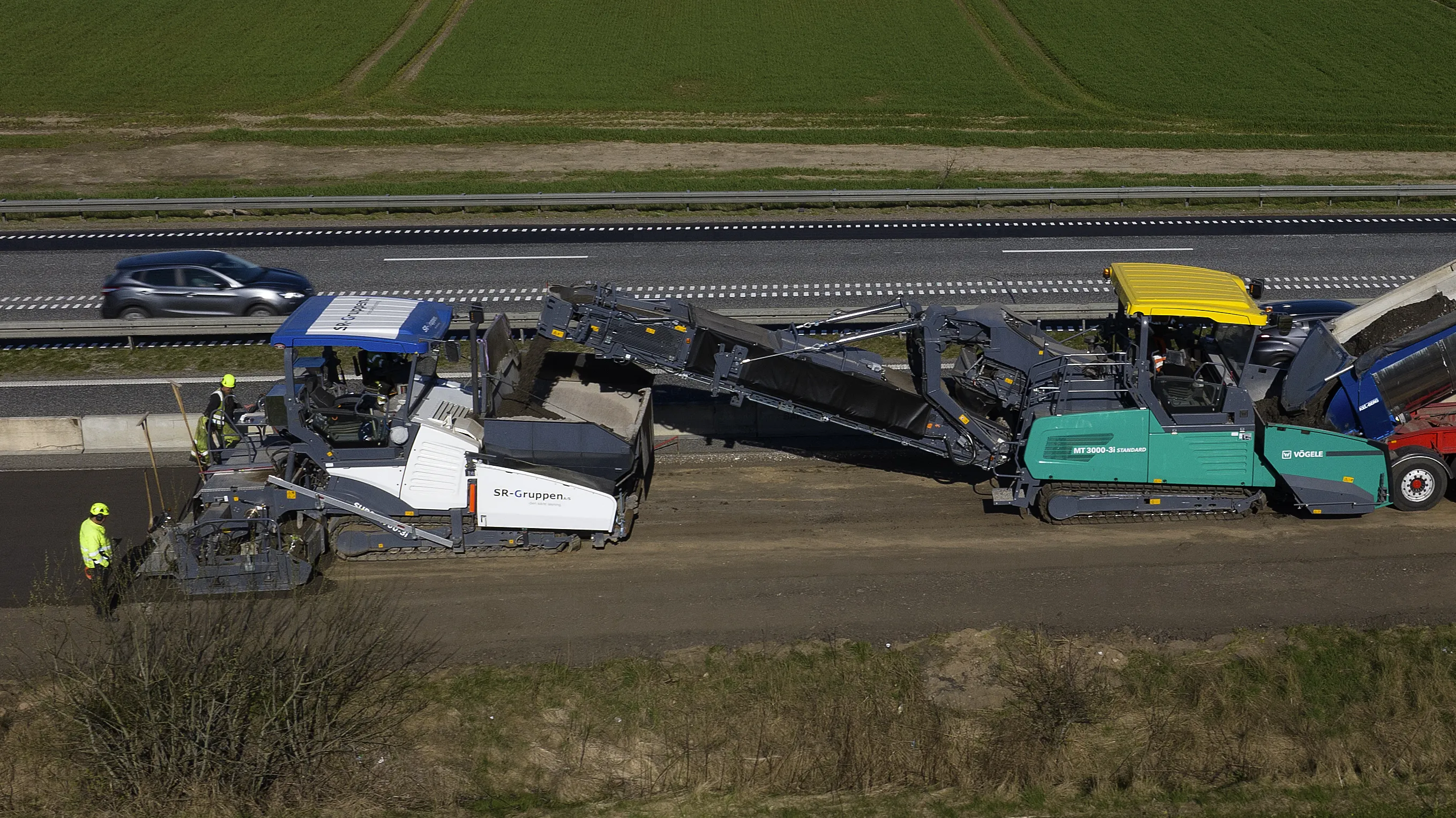
A good quality mix plays an important role in road construction and the asphalt manufacturing process starts with the mix design in the laboratory, which takes place under controlled conditions and depends on the materials available locally
A mix design that matches the plant's limitations has a higher probability of success. The properties of the aggregates, such as water absorption, abrasiveness, and the equivalent sand index, may influence the quality of the mix produced in the plant. In the laboratory, before the mix with bitumen, the aggregates are introduced in a kiln to remove all water and this process may take up to 24 hours. In the plant, the aggregates spend around two minutes in the drying drum, but more porous aggregates may resist complete drying so it may be necessary to change drying time to suit porosity. Product specialist and application engineer at
In the laboratory, the mixer delivers a lower shearing force than in the plant, with lower breakage for aggregates. The sand equivalent measures the amount of clay contained in the fine fractions and highlights the mix adhesive capacity. Clay affects the drying of aggregates as it maintains moisture levels and may damage mix adhesiveness and homogeneity, but has little influence in the project design in the laboratory.
The use of some materials can influence mix homogeneity and performance. River sand lowers mix shear resistance in the laboratory and the plant. The use of sand during production in the plant affects the quantity of water retained and can damage adhesiveness. Hydrated lime can be used as a filler or to boost adhesiveness when mixed with acidic aggregates, such as granite. However, dolomitic lime almost does not react chemically with acid aggregates and is just used as a filler.
In the laboratory the batch curve can be drawn according to the volumetric and mechanical requirements of the mix without presenting homogeneity issues. But in the plant, discontinuous curves or an excess of large aggregates can change mixing time in order to obtain a homogeneous mix.
With asphalt, viscosity is crucial. The binder used in preparation has specific properties and is heated in a kiln as required. Modified asphalts tend to improve mix adhesiveness in the laboratory when heated according to their viscosity. In the plant, it is important to measure viscosity before mixing and to correct binder temperature should viscosity change, which often happens when using modified asphalt.
Some mix properties influence production, such as the volume of voids and the relationship between filler and bitumen. Air voids can cause deformation of the pavement under load. International specifications for dense mixes denote a 4% volume of voids. For dense mixes with over 4% of voids, the bitumen coating on the aggregates may be too thin, affecting mix adhesiveness and requiring a change in mixing time. Another important parameter is the filler/bitumen index. The higher this index, the thinner the asphalt coating on aggregates, lowering adhesiveness and requiring a longer mix time.
The asphalt plant produces the mix developed in the laboratory at a high output rate. Key features of the plant are dosing the aggregates, drying and heating them according to the project's temperature, filtering the gases coming from combustion, mixing the aggregates with the asphalt and storing the mix.
For bitumen dosing, temperature is crucial as it directly affects viscosity and binder viscosity has to be checked for modified asphalt types. Mixing aggregates when the viscosity is high (at a low temperature) can adversely affect mix adhesiveness. But if the binder is heated above optimum levels for a lower viscosity, it can start ageing, damaging performance of the pavement through a reduction in flexibility.
To optimise drying it is important to adjust the time according to the moisture levels. Aggregates samples should be removed after drying, between the drying drum and the mixer.









